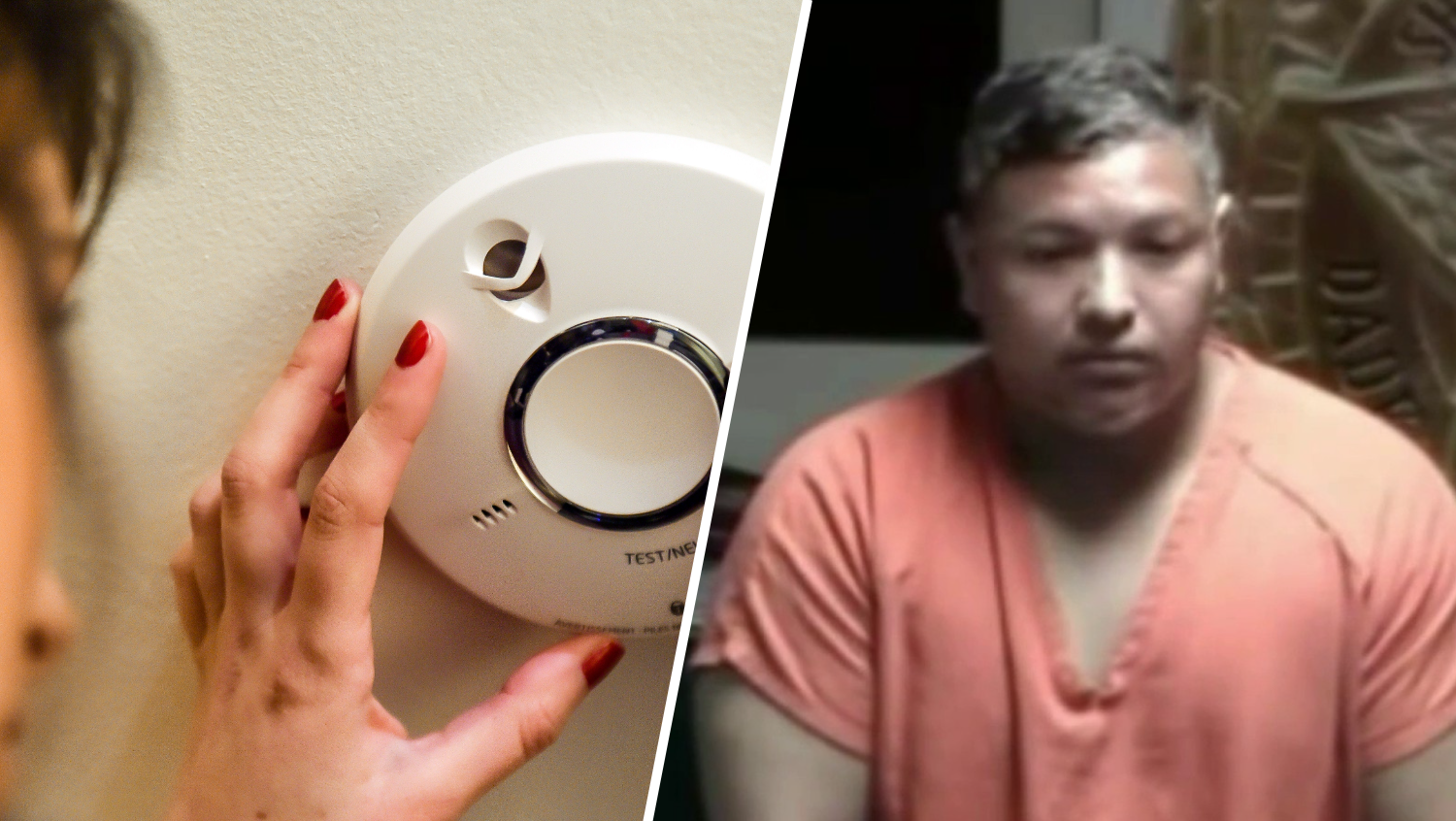A sheriff's deputy was dressed for war and used excessive force when he shot a young black man four times, including once in the back, during a confrontation in 2013, the now-paralyzed man's attorney told a federal jury Tuesday.
Attorney Jack Scarola told a jury of six women and two men that Palm Beach County deputy Adams Lin violated Dontrell Stephens' civil rights when he shot him four times in September 2013 in a confrontation that was partially recorded by the dashboard camera in Lin's patrol car. Stephens is suing Lin in hopes of winning over $5 million to cover his medical costs and for compensation for physical and mental suffering, Scarola said.
Lin had stopped Stephens for riding his bicycle in front of a truck and because he didn't recognize him from the neighborhood. Stephens was unarmed when he was shot. Lin says Stephens reached for his waistband and he mistook his black cellphone for a handgun. The attorney says Stephens, now 22, was following Lin's orders to put his hands up and get on the ground when he was shot.
Lin, an Asian-American, has denied racially profiling Stephens. He was cleared by local prosecutors and sheriff's investigators and has since been promoted to sergeant.
Scarola said out of about 50 Palm Beach County deputies on community patrol, Lin was one of only a few who dressed in a military style. He wore fatigues, jack boots, a flak jacket, bandoliers filled with ammunition and a stun gun strapped across his chest and his 9 mm service weapon in a leg holster. He put up a visual saying Lin was "dressed for war,'' pointing out that Lin had served as an Army police officer in Afghanistan.
"There was no objective basis for Adams Lin to arm and equip himself this way to promote peaceful conduct in that neighborhood,'' Scarola said.
He added, "It was not reasonable to gun down an unarmed black male four seconds after pulling him over for a bicycle violation and shoot him in the back,'' Scarola said.
Local
Lin's attorney Summer Barranco told the jury that Stephens got off his bicycle like he was trying to flee and went between two cars instead of coming straight to Lin's patrol car.
She said Stephens started to put his hands up, but then put them behind his back and flashed them forward, holding the cellphone. Only then did Lin fire, Barranco said, because he feared his life was in danger.
"He didn't have slow motion,'' she said. "In this real-life situation, he had a tenth, maybe a hundredth of a second'' to determine whether the cellphone was a gun. She also said there are doubts as to whether Stephens was shot in the back and that Lin was wearing a sheriff's office approved uniform.
In the dash cam video, Lin speeds up his patrol car to catch Stephens as he pedals down a residential street. Stephens sees Lin and turns into the parking lot of a duplex, hops off his bike and lays it down, his right hand holding his cellphone. Stephens moves behind a car and both men are now outside the camera's view.
Attorneys for both men say Lin told Stephens to put up his hands, but a radio station is playing in Lin's car and no verbal exchange can be heard. The four shots are fired in rapid succession after Lin exited the car. Stephens comes back into the frame, makes two quick steps, turns and falls to the ground.
In a videotaped May 2014 deposition played later Tuesday, Lin said he never saw an object in Stephens' hand. He said he was "shocked'' when he saw the dash cam video, but wouldn't concede the object was clearly a cellphone and not a gun.
He said that even if he had seen the cellphone, he would have still fired because that wouldn't have precluded Stephens from having a gun.
"I perceived a threat and addressed the threat,'' he said.



